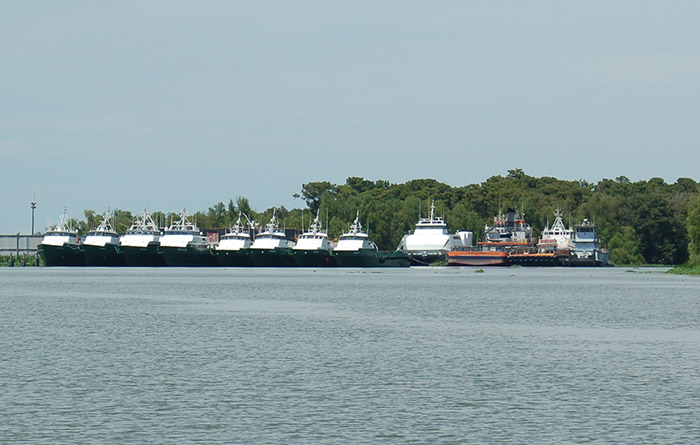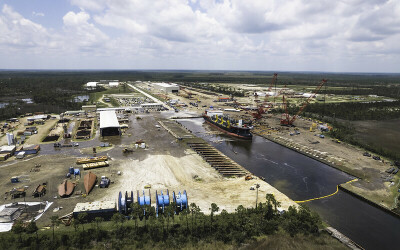On Monday morning, oil prices were falling. Does this mark another change in sentiment about the health of the oil market recovery from the past two-year downturn, or just profit-taking after a nice price increase?
It took 27 trading sessions at the New York Mercantile Exchange between June 23 and Aug. 2 for West Texas Intermediate to fall 21.2%, from $50.11 a barrel to $39.51. For traders, that meant that WTI had entered a bear market – it had fallen at least 20% and was likely to fall further. No sooner had that last trade been made on Aug. 2 when market sentiment shifted and WTI started climbing. In fact, by this past Friday’s close, we were back in bull market territory as WTI hit $48.52 bbl. Amazingly, it took exactly half the number of trading sessions (13) for the market decline to reverse into bull status – up 22.8% over that time period.
You might ask, what does all this oil price volatility mean? Remember, we hit $50 bbl. after a steady rise in oil prices from the February low of $26 bbl. Just because we started this odyssey from such a low level doesn’t mean that the current drop in prices will bring us back to $26 oil.
The physical properties of oil reservoirs and the economics of low oil prices are working. Oil output is falling and demand is climbing. Although we have substantial inventories of crude oil in the U.S. and worldwide, the global market is moving into a deficit state – more demand and less output – signaling that bloated inventories weighing on oil prices are beginning to ease. We just don’t know how quickly that will happen.
For anyone operating in the Gulf of Mexico, the recent oil price volatility has affected the number of working rigs. As oil prices fell through July, the number of working rigs in the Gulf declined by 15% – from 20 to 17 – according to the weekly Baker Hughes rig count. Likewise, during the quick oil price recovery, the industry put one additional rig back to work.
These offshore trends are not surprising – down three, up one. However, if we look at the land rig count changes, during the oil price decline, it rose by 46 rigs, or 11.5%. During the recent rally, the rig count rose by 26, or 5.8%. The response by onshore producers and drillers to these oil price movements suggests that price volatility is less of a concern to them. What is more important is that oil prices are above $40 bbl., and that makes some of their prospects profitable to drill. Slow changes to offshore rig counts show that isn’t the case offshore yet. For the offshore market to recover, it will take not only higher prices, but prices that stay high for longer than two weeks.





